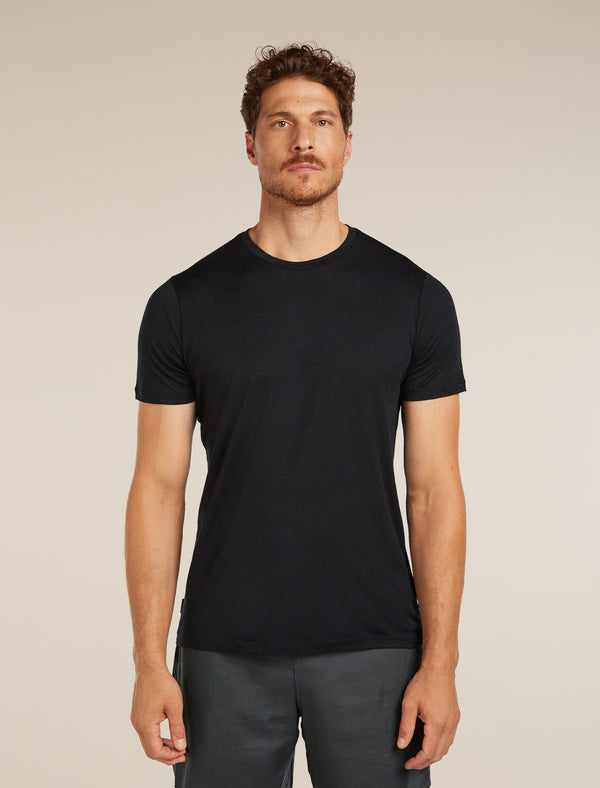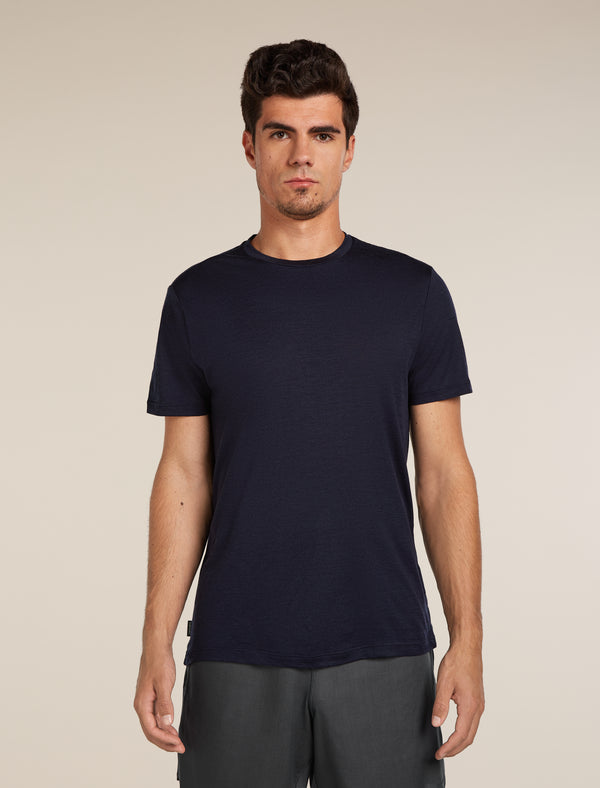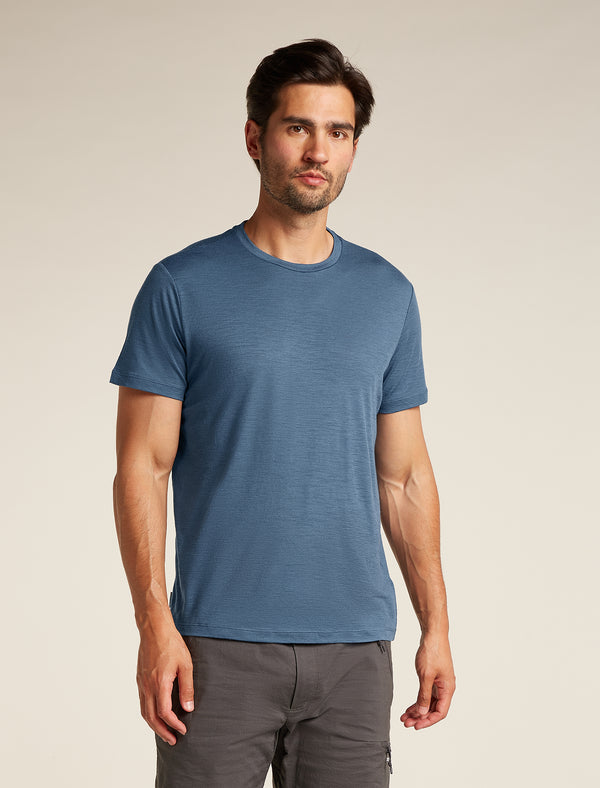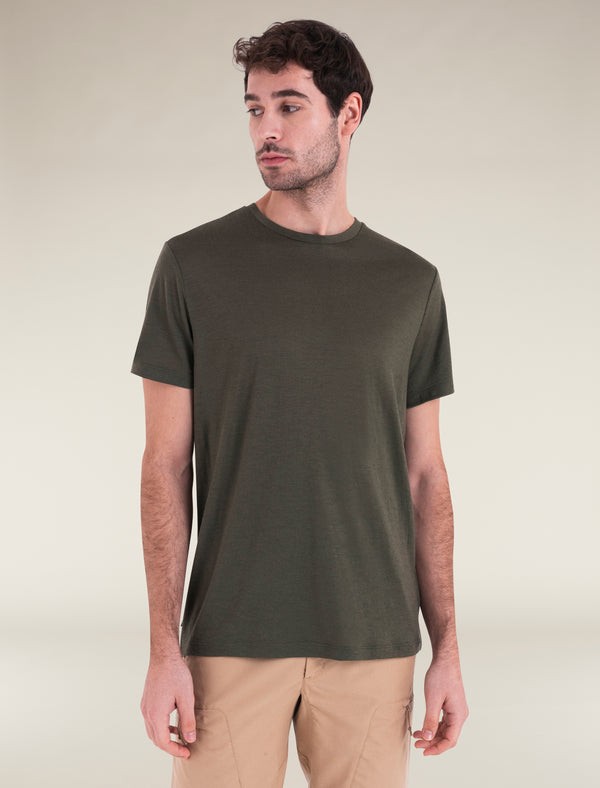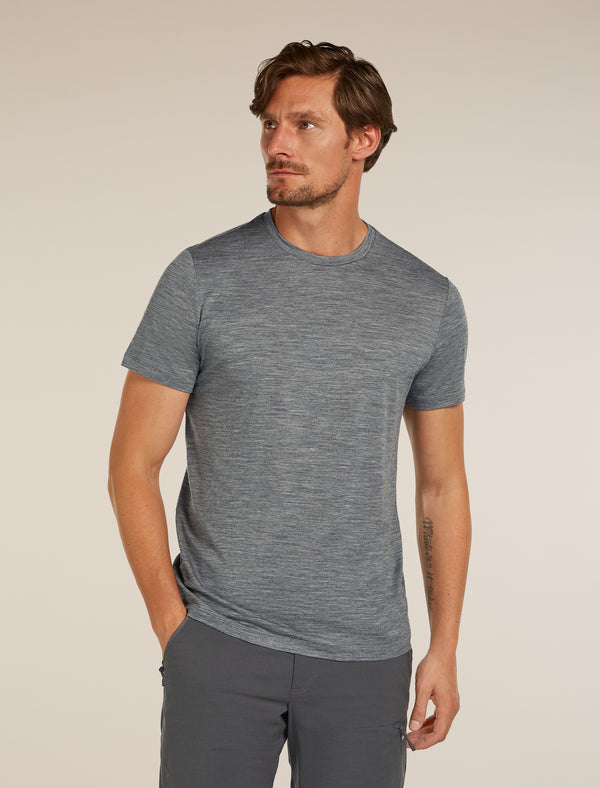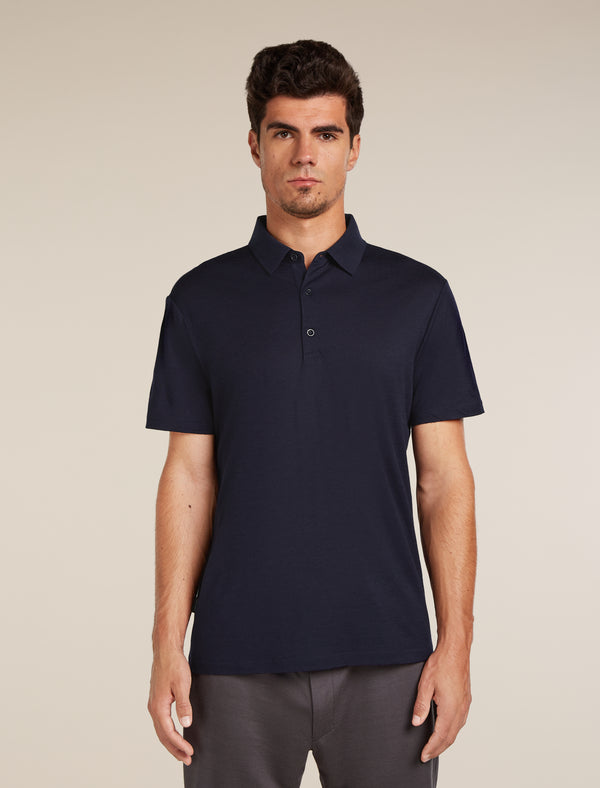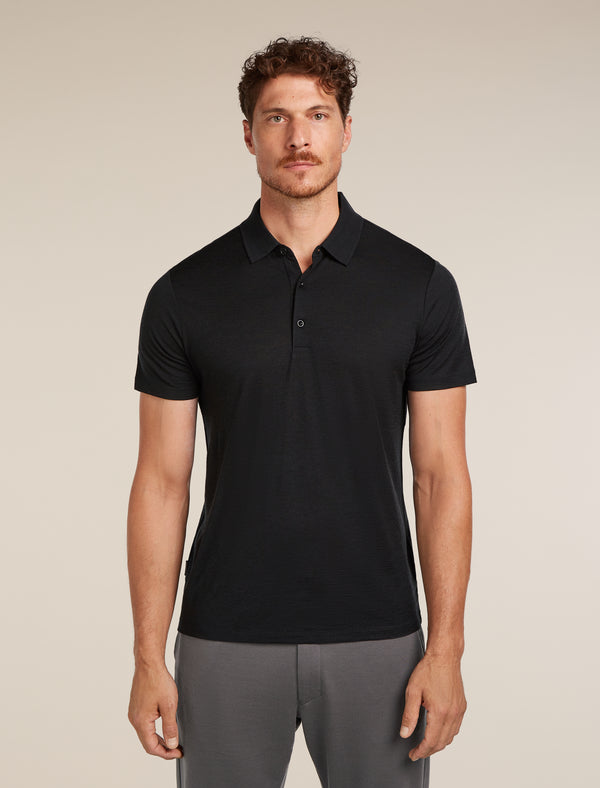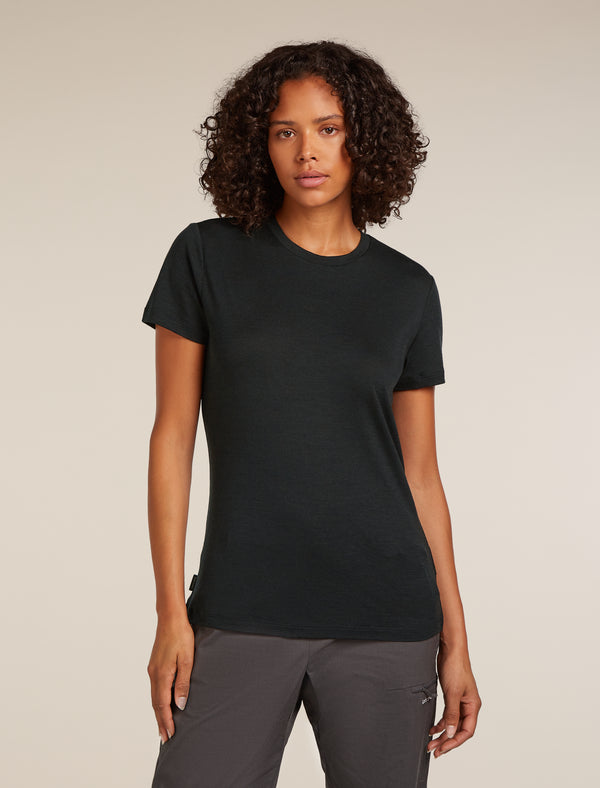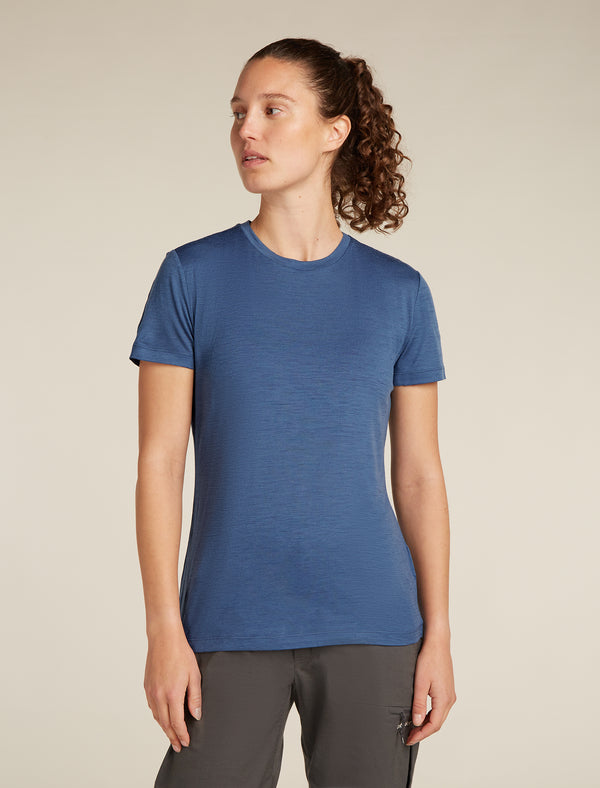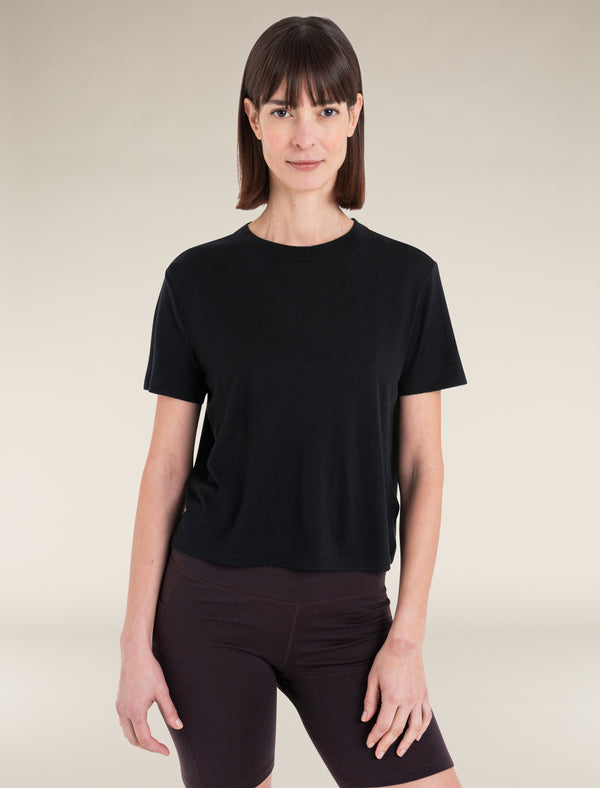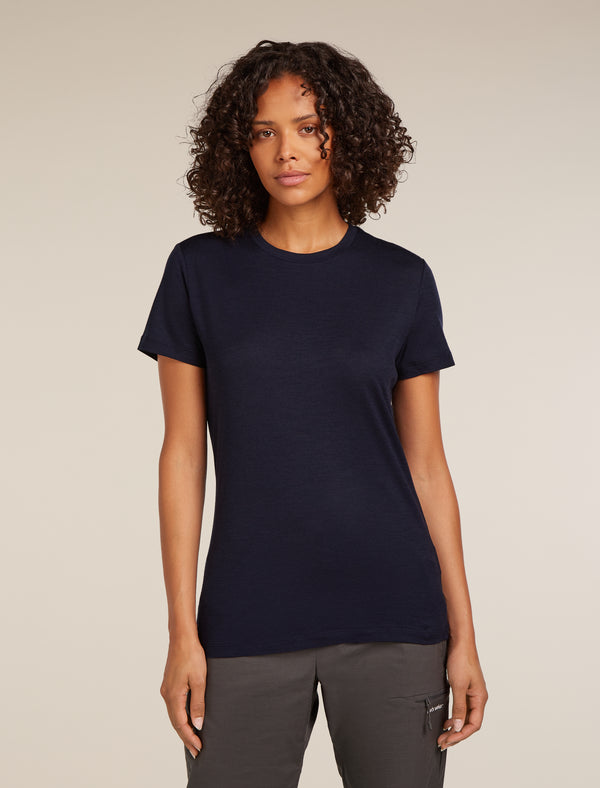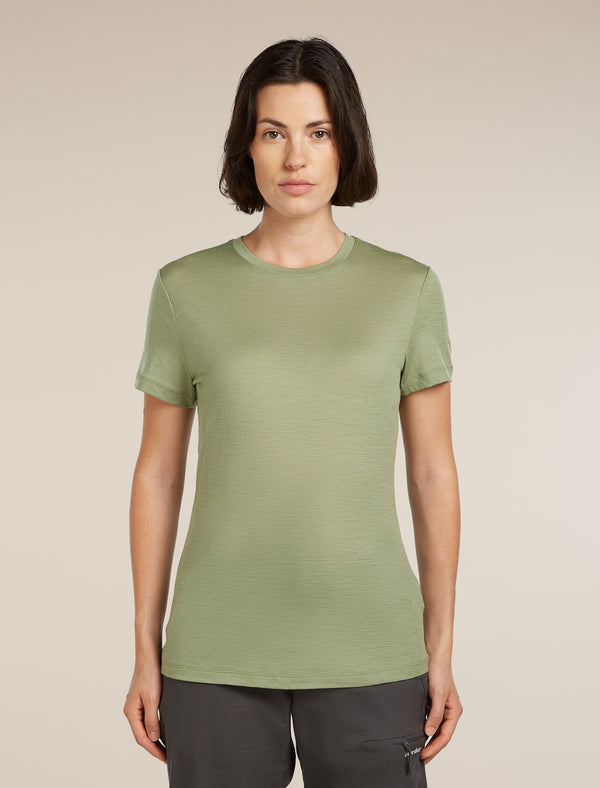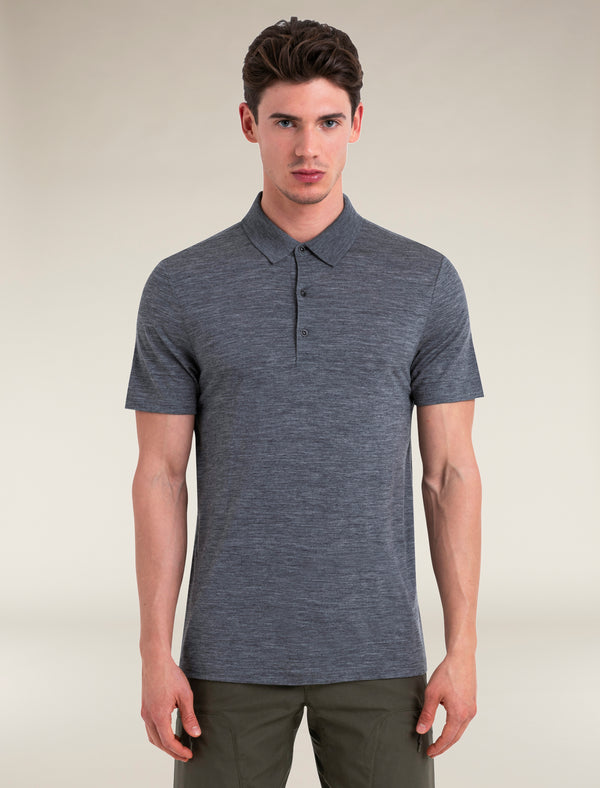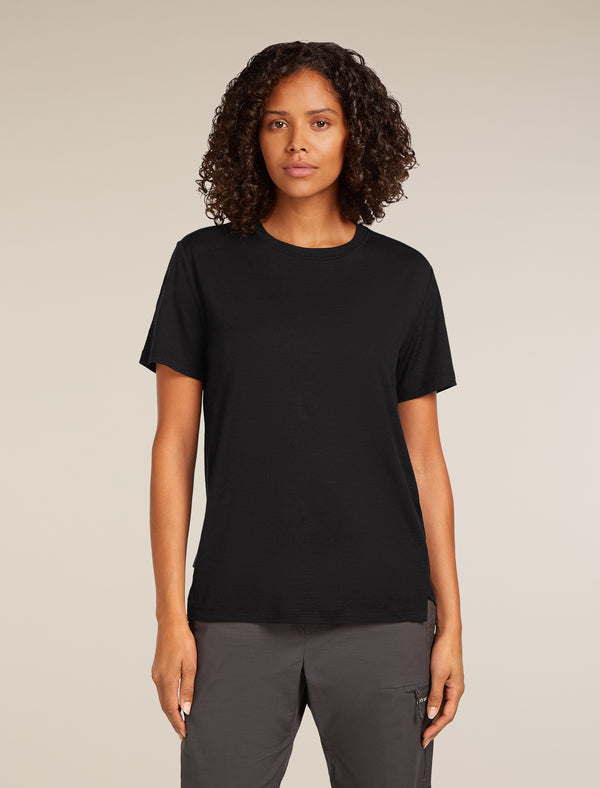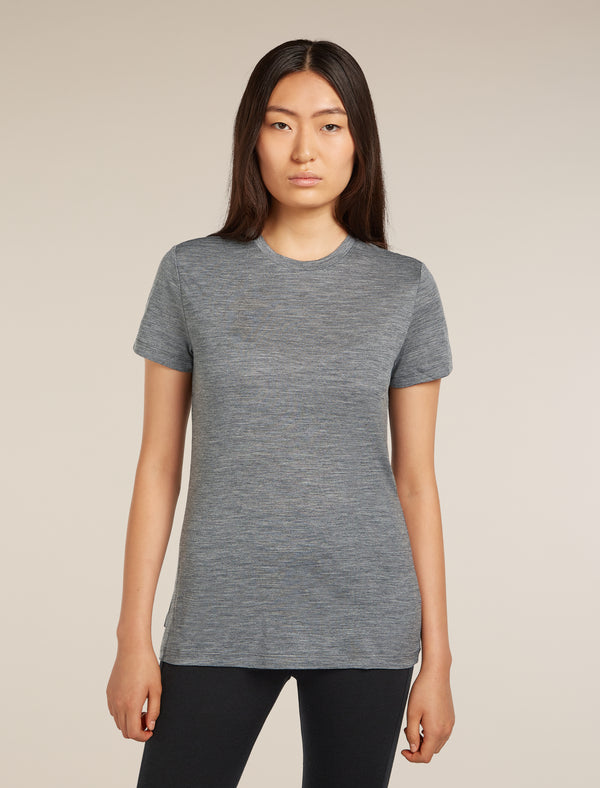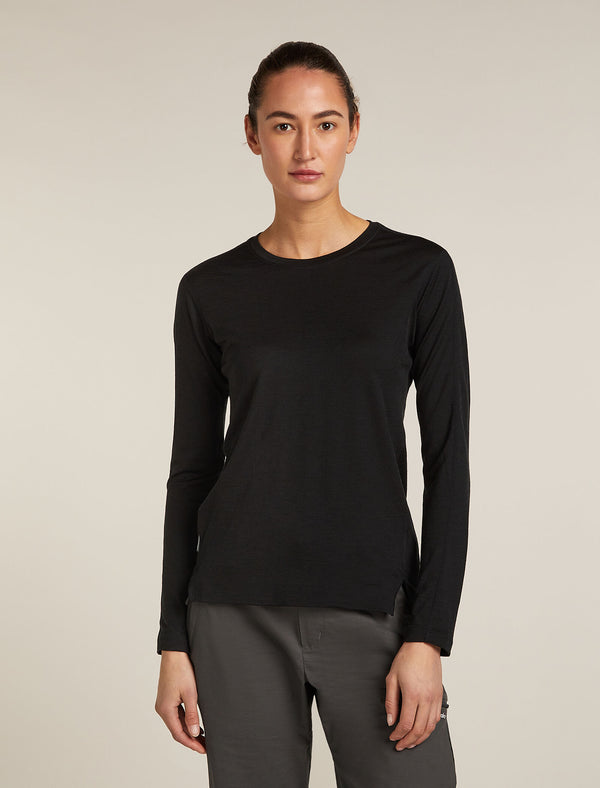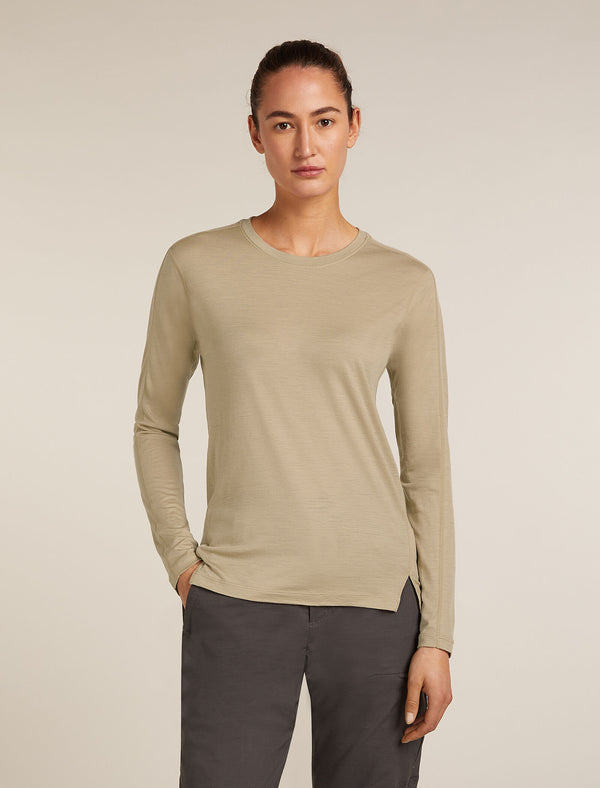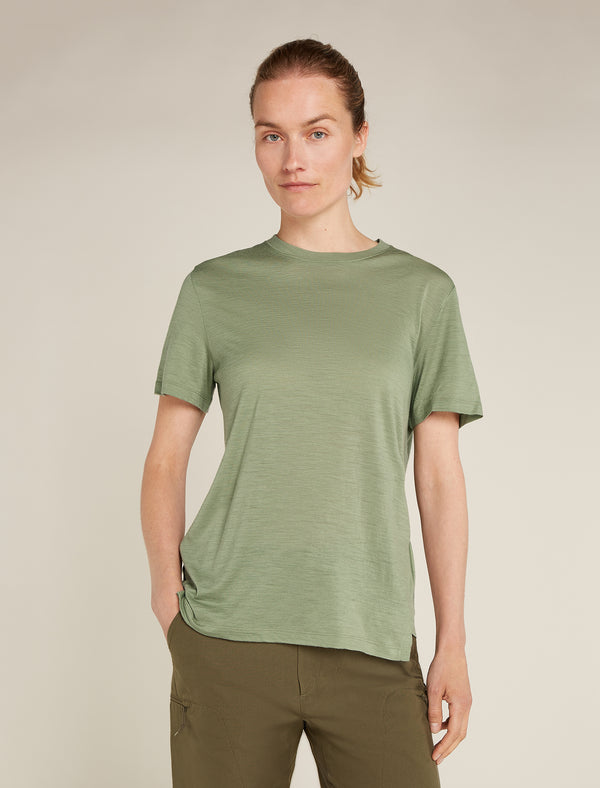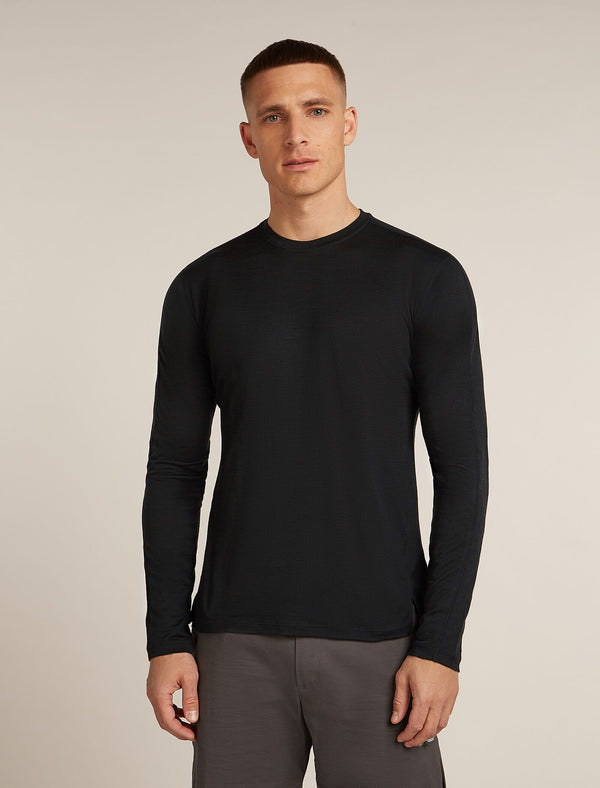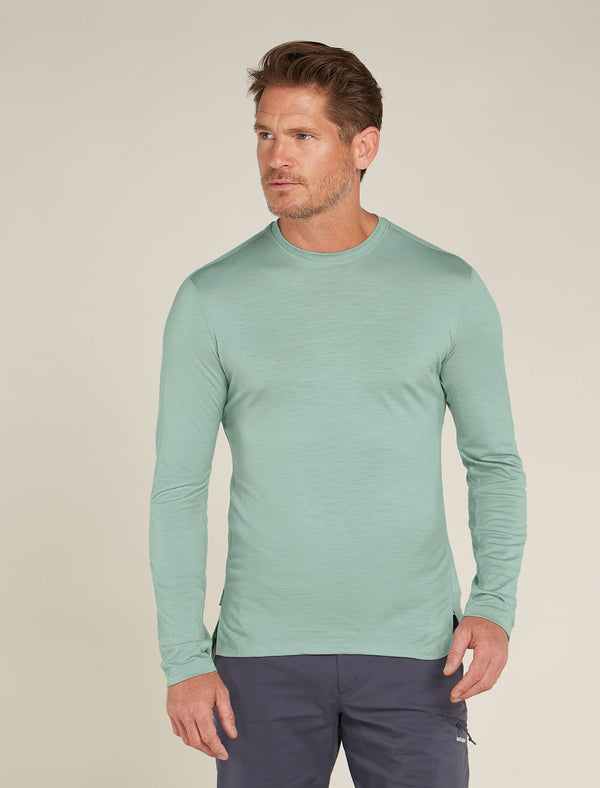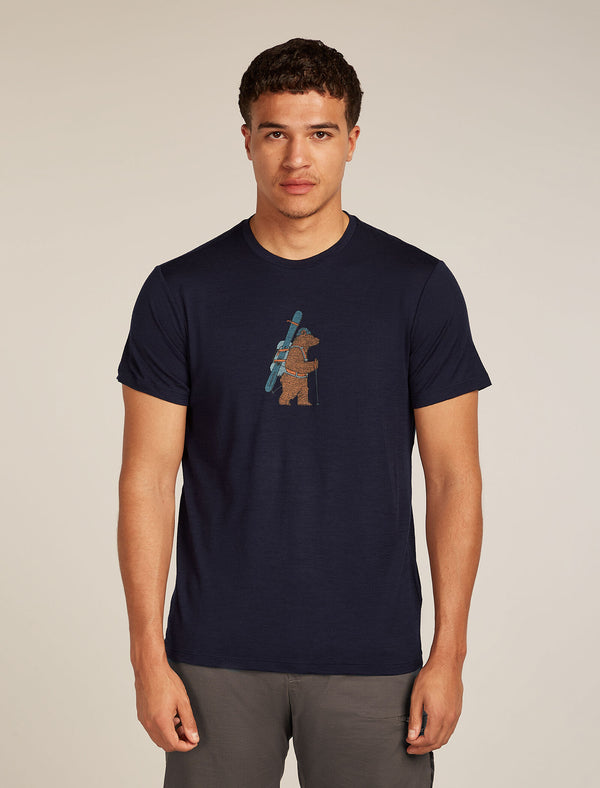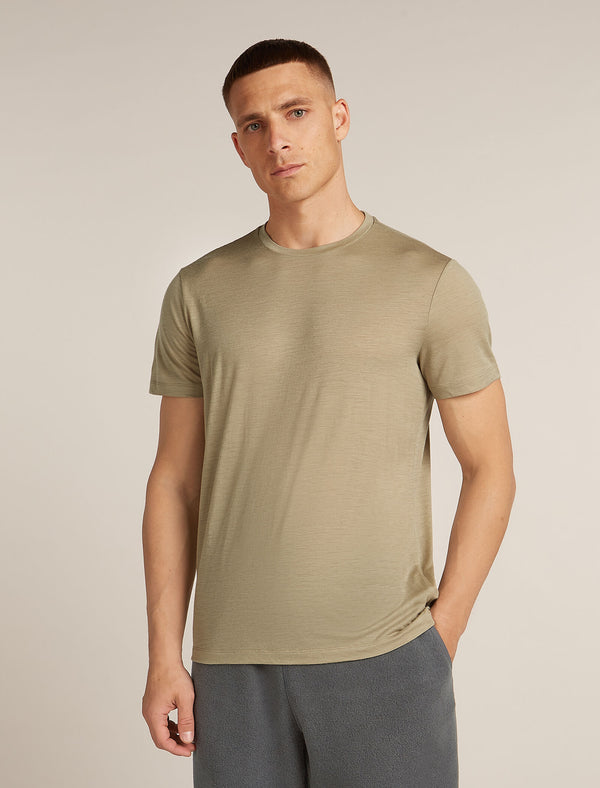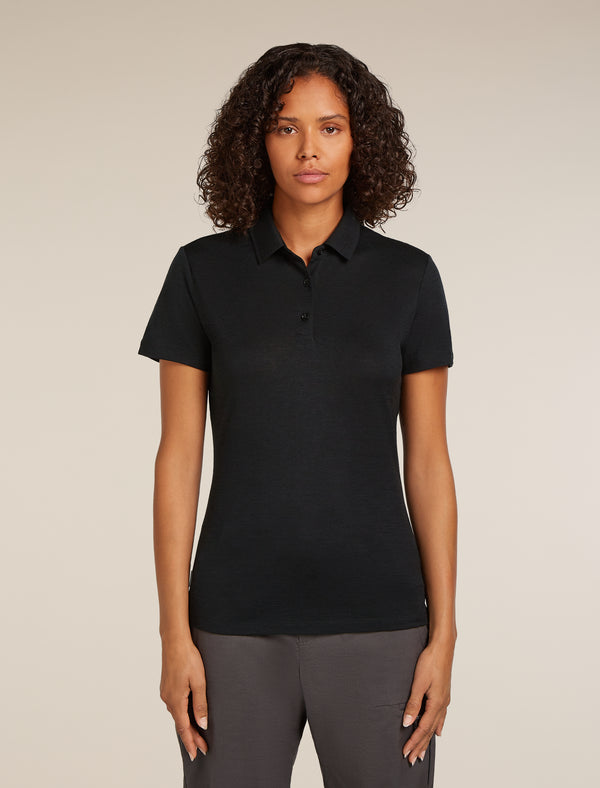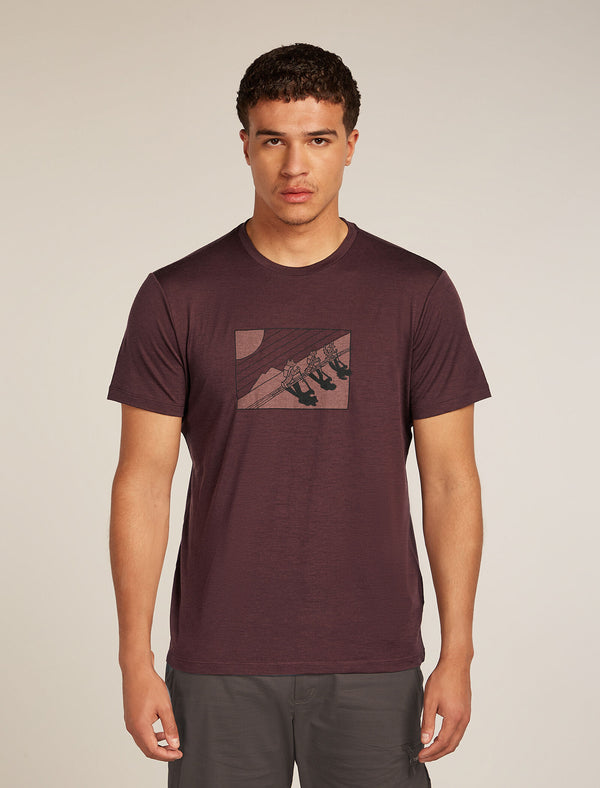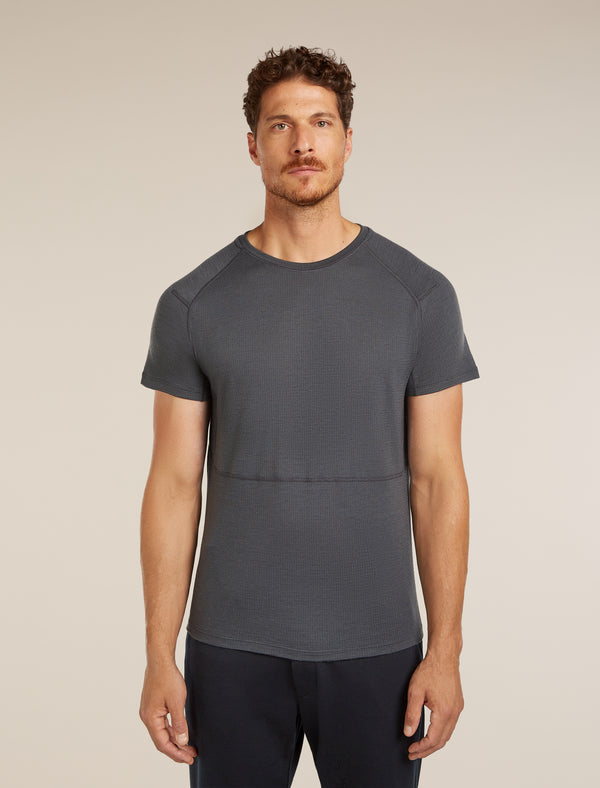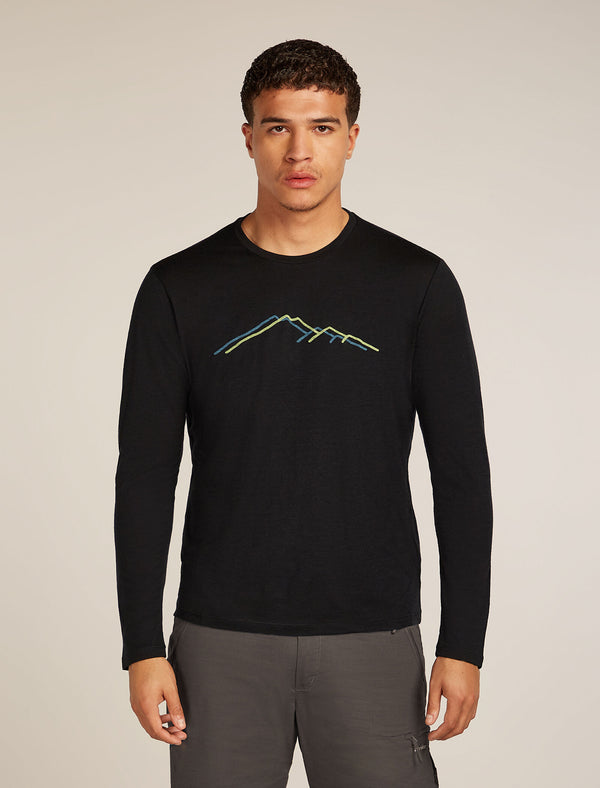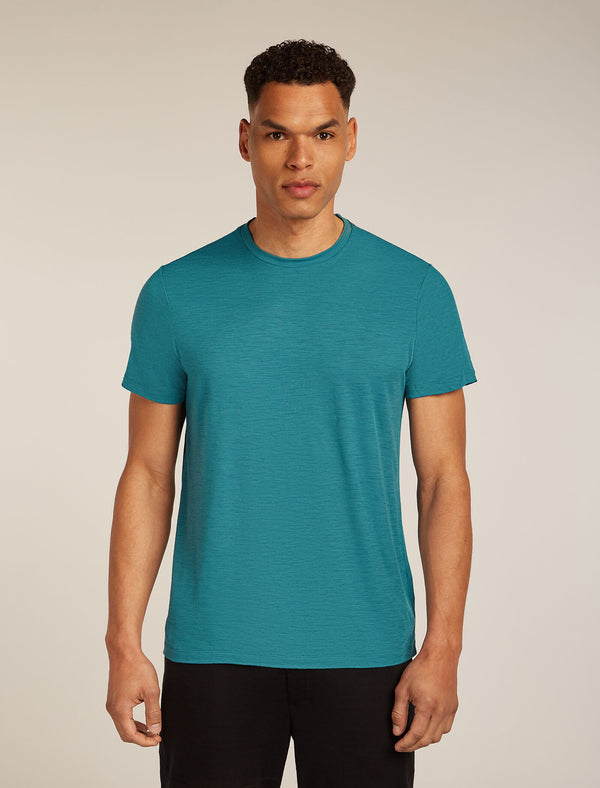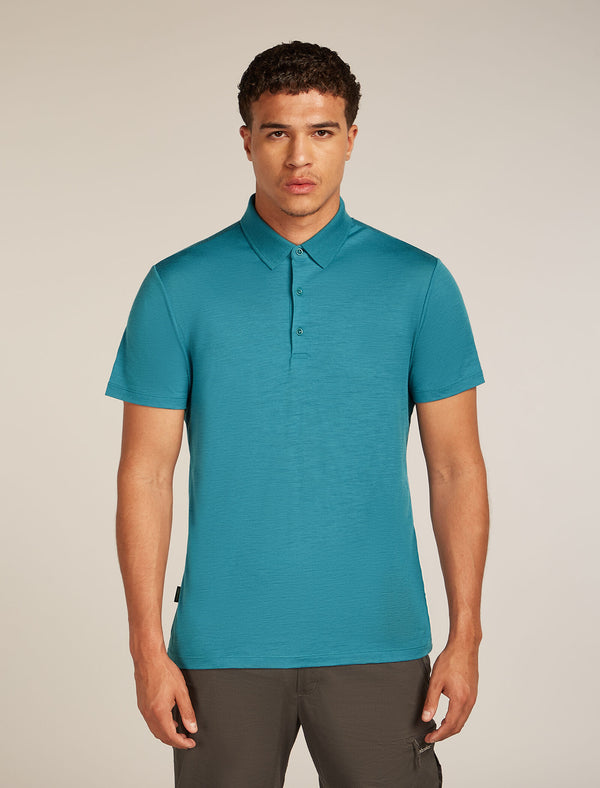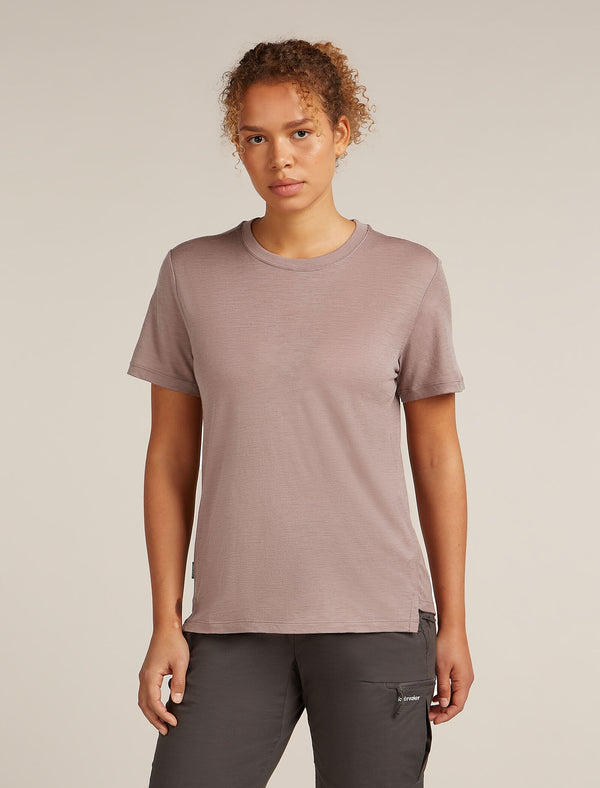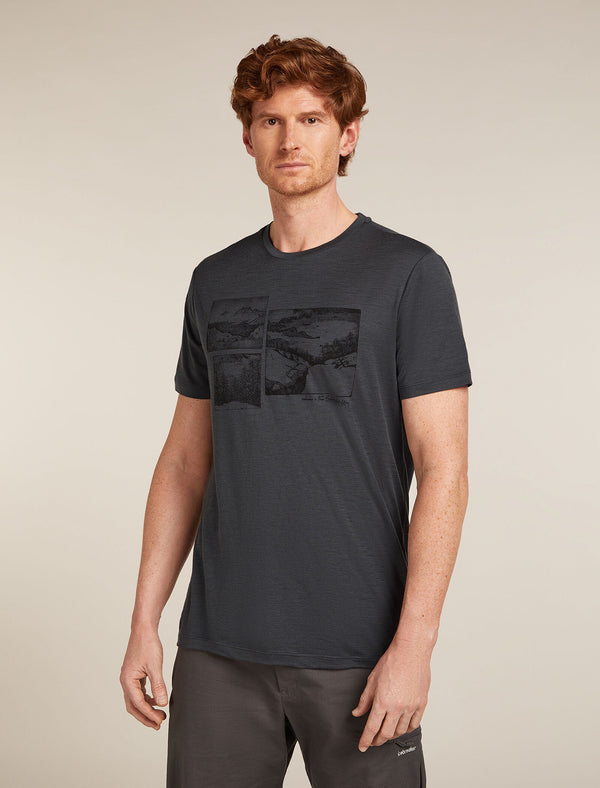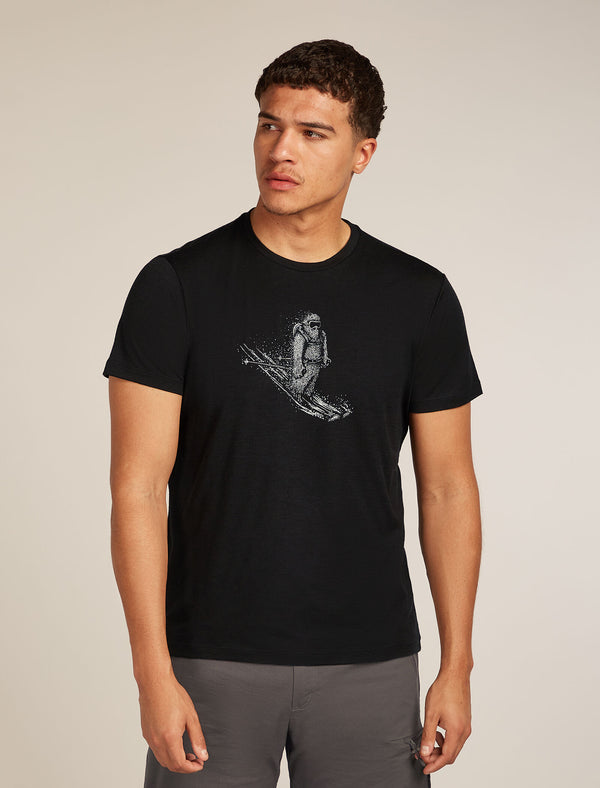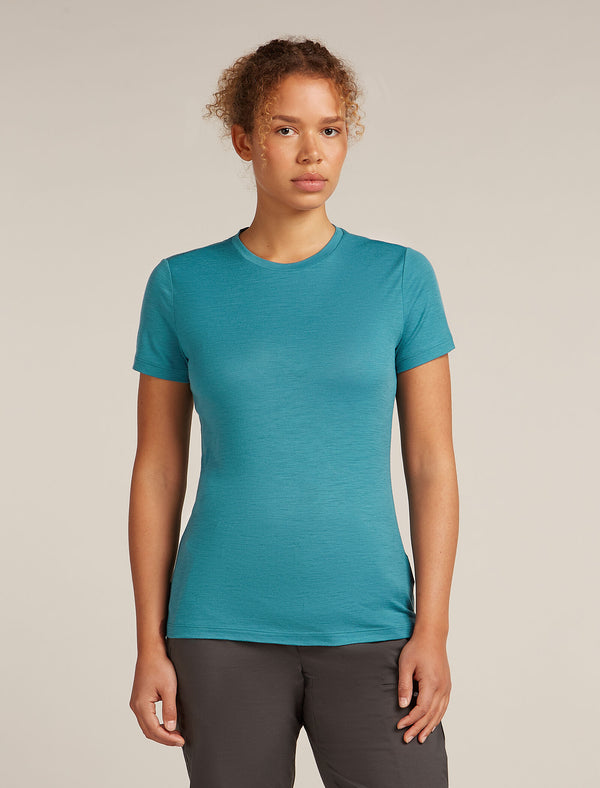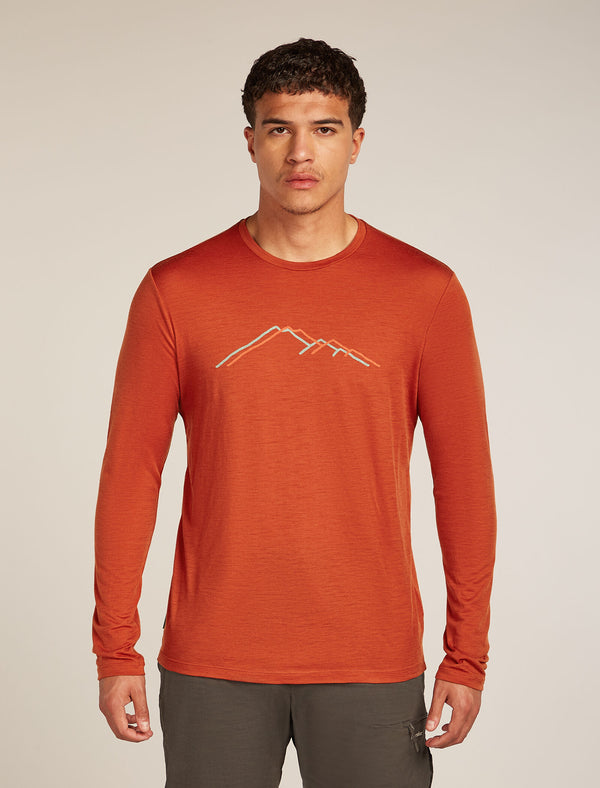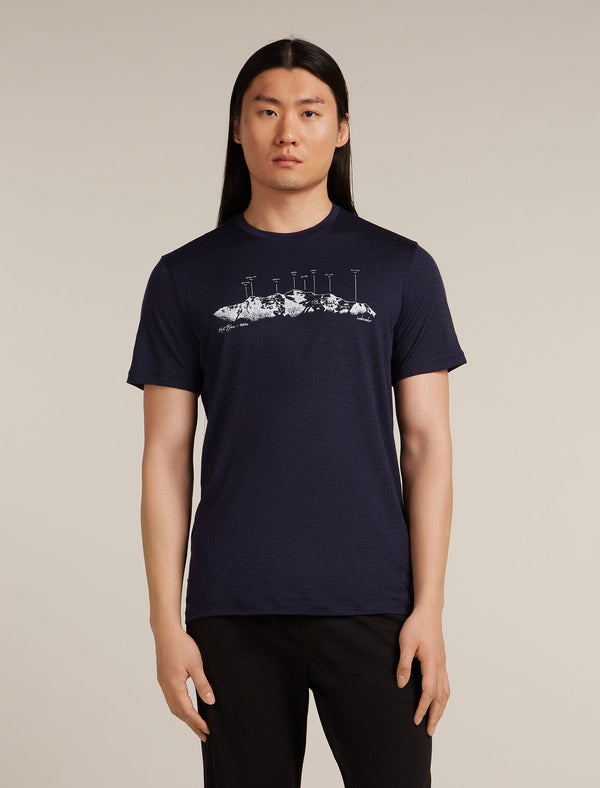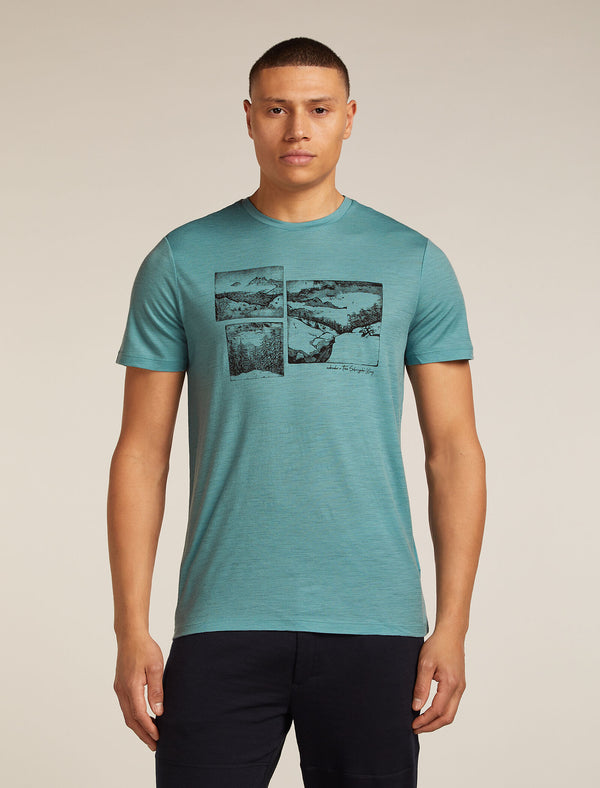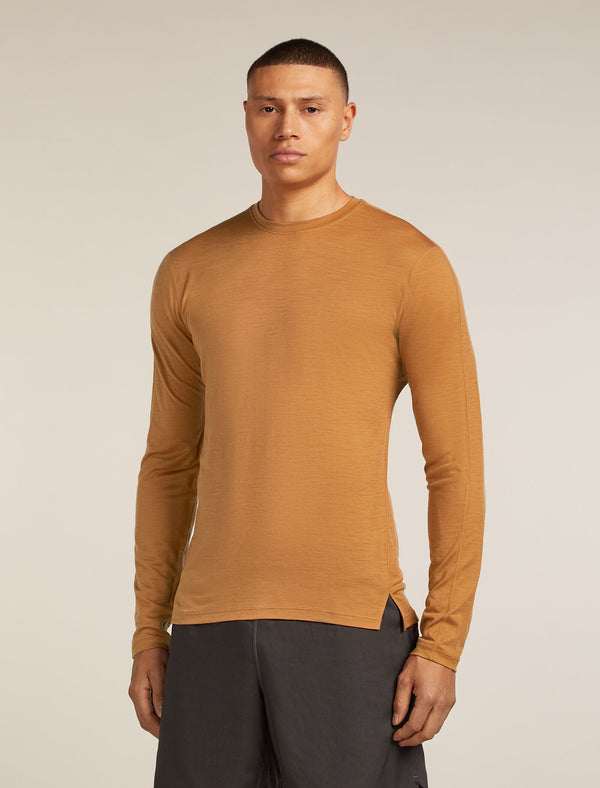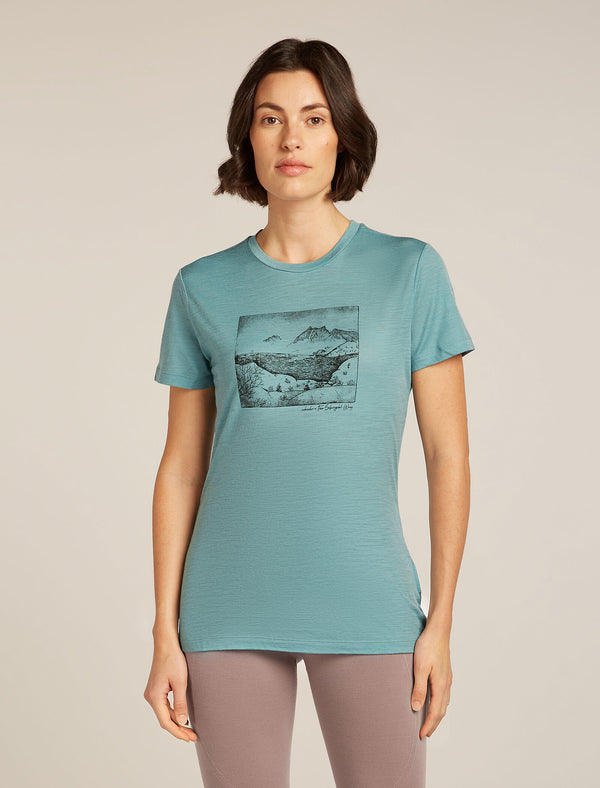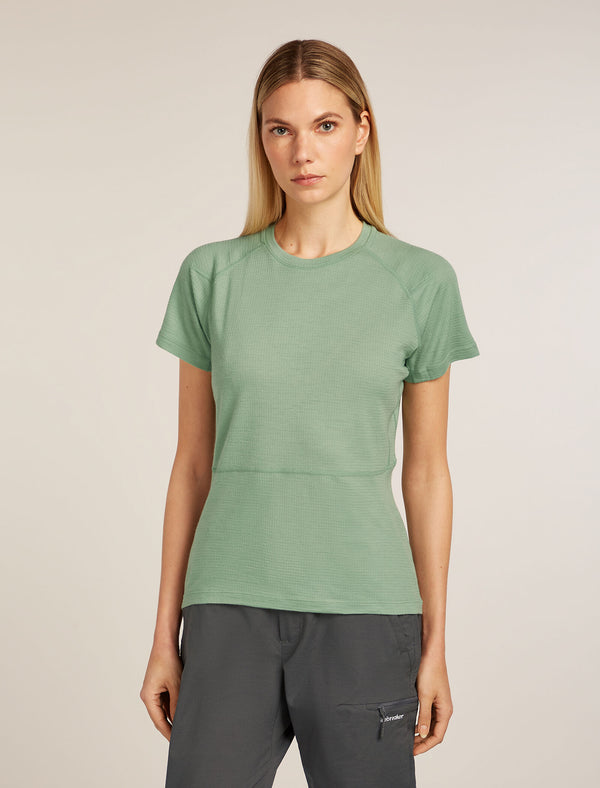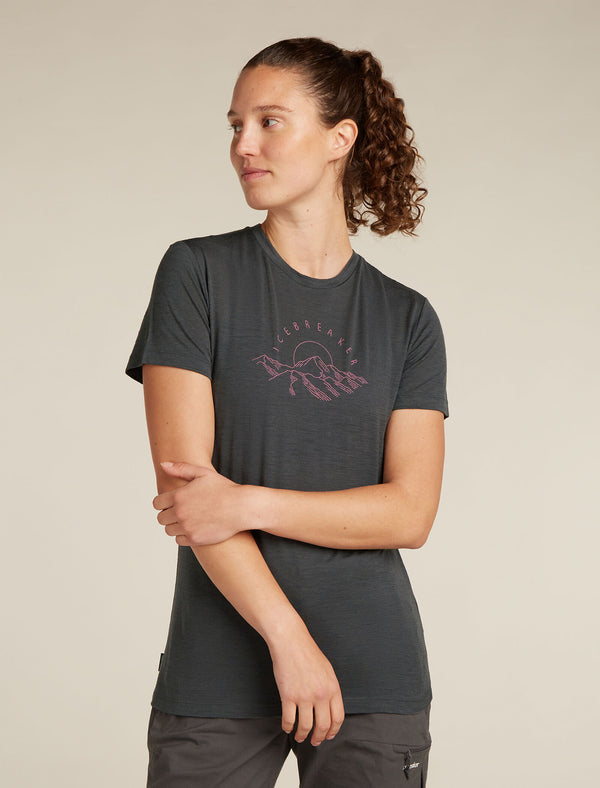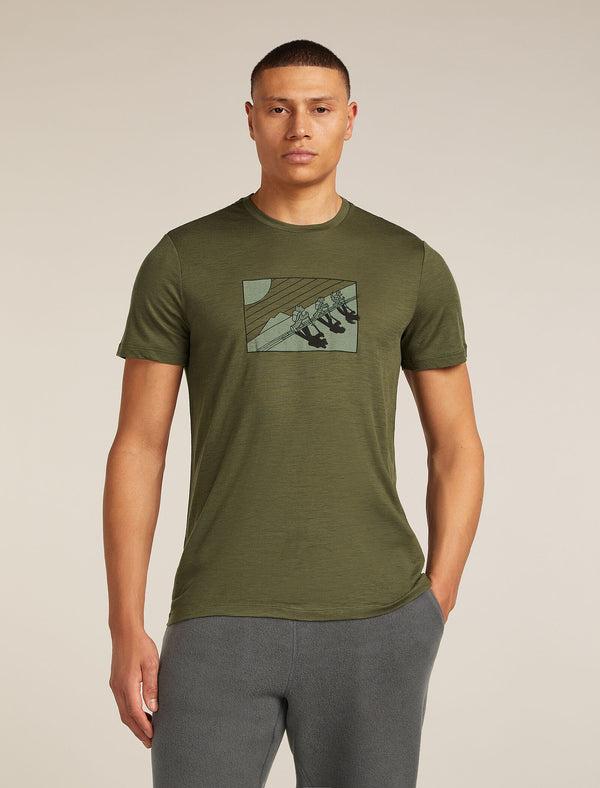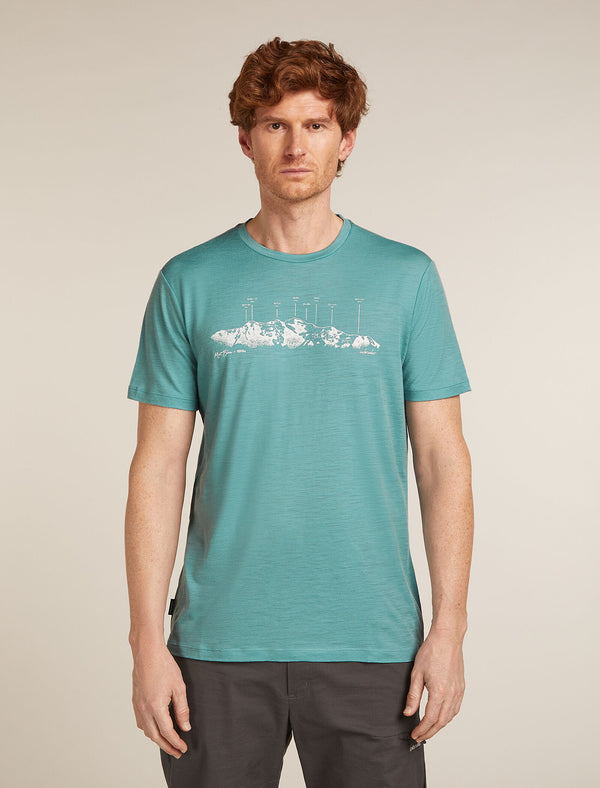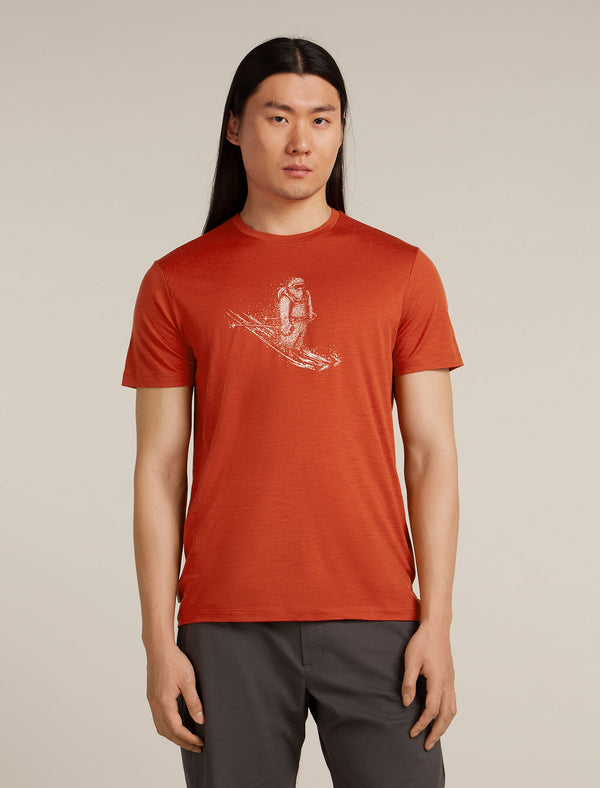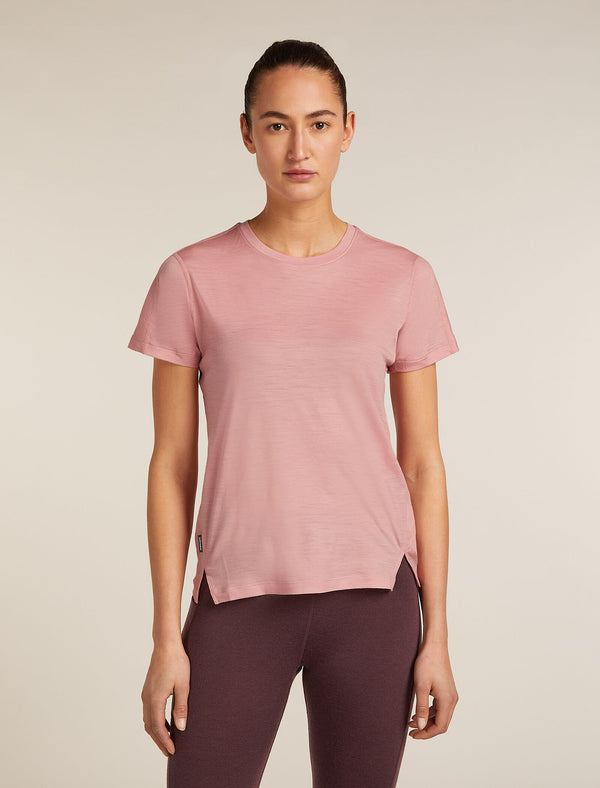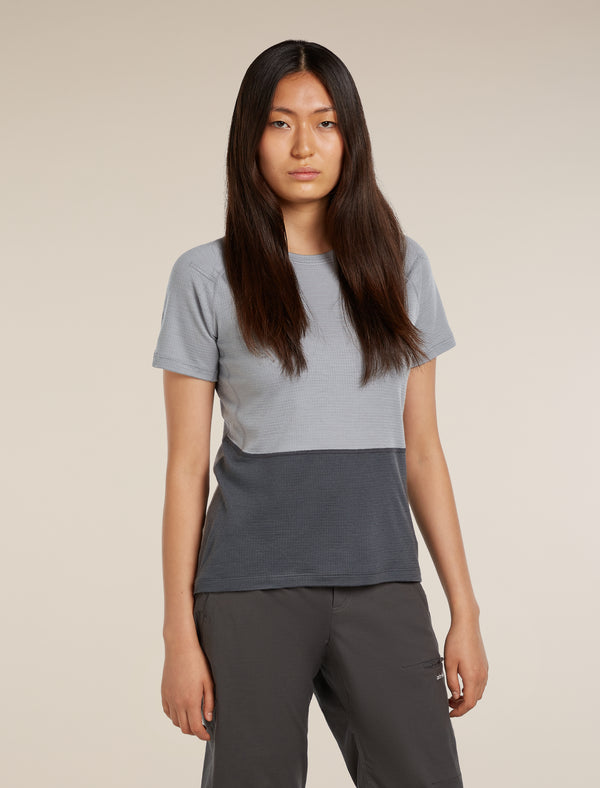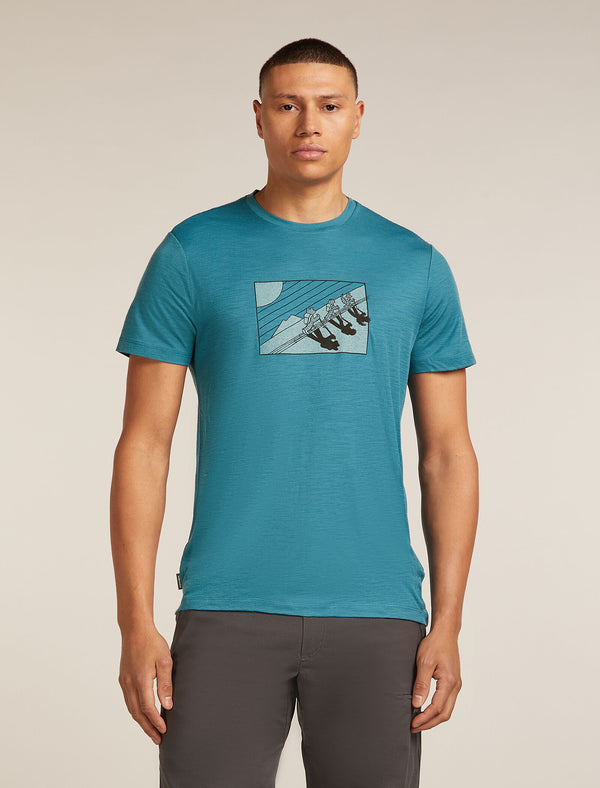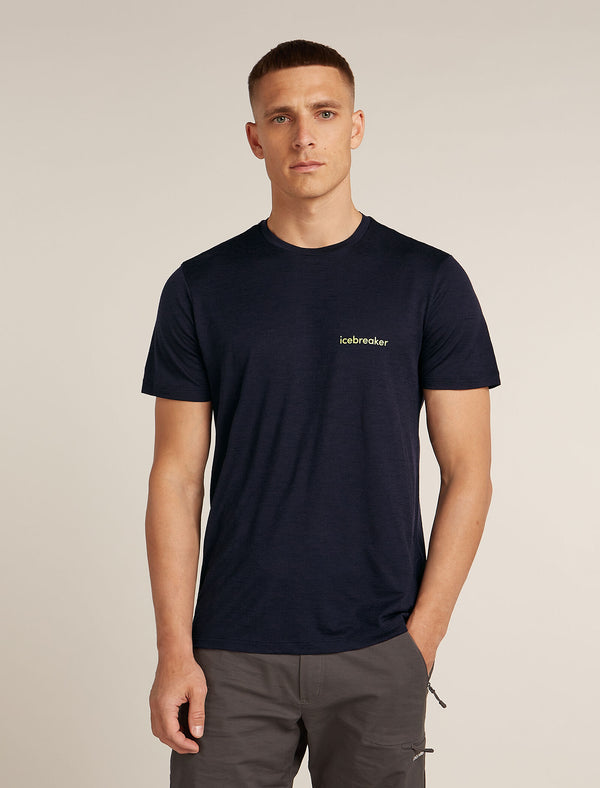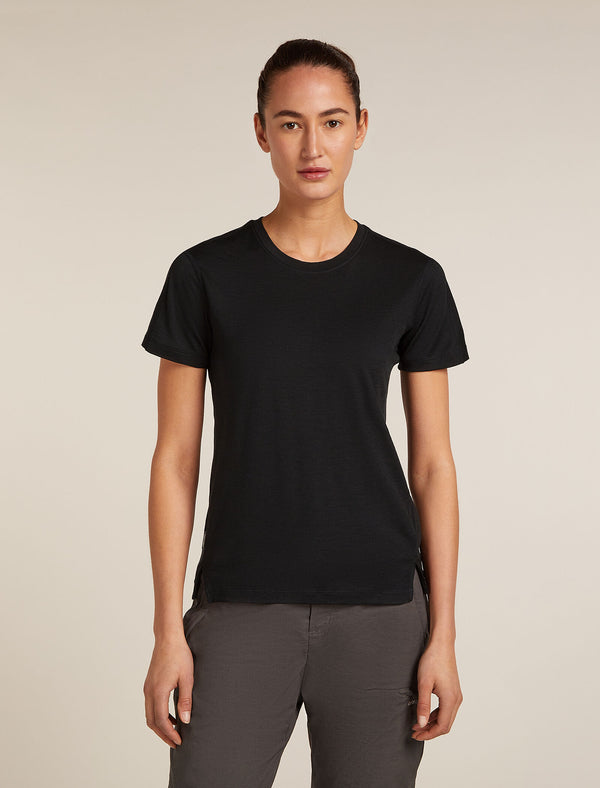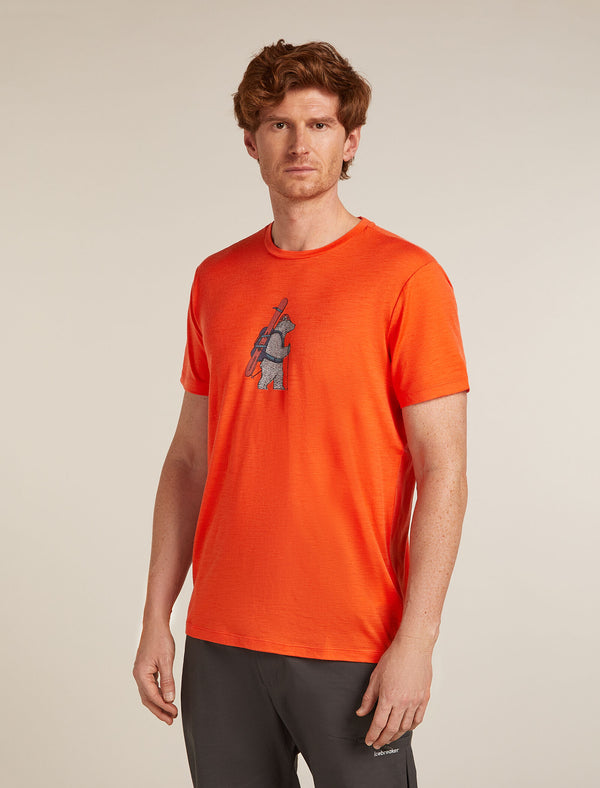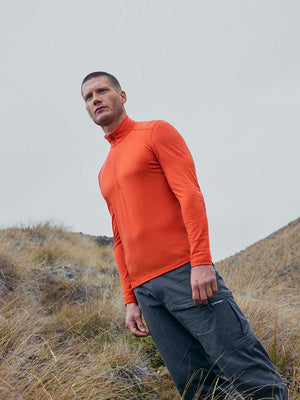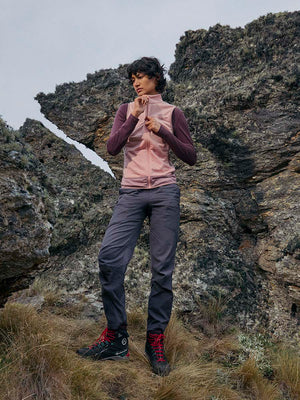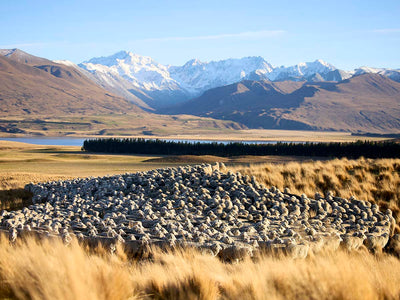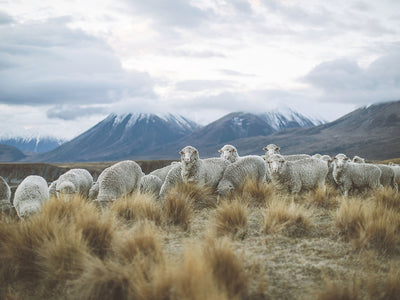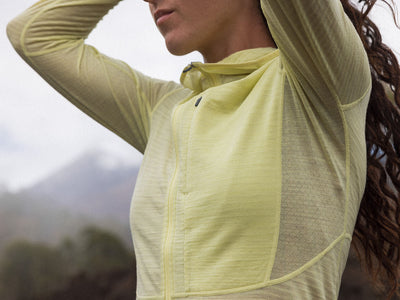New arrivals
Shop now
Merino Wool vs. Synthetic Fabrics for Winter Sports: Which is Better?
Skiing, snowboarding, and other winter sports challenge your body in extreme ways—frigid temperatures, rapid movement, fluctuating exertion levels, and exposure to snow and moisture. To help you stay warm, dry, and comfortable, your clothing must work with you, not against you.
The base layers, mid-layers, and outerwear you choose will help determine your performance, endurance, and overall enjoyment on the mountain.
For years, synthetic fabrics have dominated the winter sports industry. However, Merino wool is emerging as the superior alternative, offering natural insulation and breathability without the drawbacks of petroleum-based synthetics.
So, which fabric wins in the battle of performance? Let’s break it down.
Merino Wool vs. Synthetic Fabrics: Head-to-Head Comparison
1. Warmth Without Overheating
Staying warm in cold conditions is essential, but overheating is just as much of a concern. Winter sports involve intense bursts of activity followed by moments of rest, and your clothing must adapt accordingly.
Merino Wool
• Naturally thermoregulating – Merino wool helps trap heat in cold temperatures and releases excess warmth when you’re active.
• Uses fine, crimped fibers that create tiny air pockets, providing insulation without bulk.
• Helps keep you warm even when wet, thanks to its unique moisture-management properties.
Synthetic Fabrics
• Typically relies on trapped air or synthetic insulation to retain warmth, which can cause overheating during activity.
• Doesn’t adapt to temperature changes naturally—once synthetic insulation gets too warm, you must remove layers manually.
• Some synthetic insulation stops working when damp, reducing warmth in snowy or wet conditions.
2. Moisture Management & Staying Dry
Sweating in cold conditions can quickly lead to discomfort and even hypothermia if your clothing doesn’t effectively manage moisture.
Merino Wool
• Absorbs up to 30% of its weight in moisture before feeling damp, pulling sweat away from the skin.
• Unlike synthetics, which move liquid sweat, Merino helps absorb moisture vapor, preventing sweat buildup.
• Releases moisture into the air, helping you stay dry without feeling clammy.
Synthetic Fabrics
• Moves sweat away from the skin but does not absorb moisture, which can leave you feeling damp.
• Sweat trapped in synthetic layers can feel cold and clammy, especially when you stop moving.
• Moisture can accumulate in synthetic insulation, reducing warmth and requiring frequent drying.
3. Odor Resistance for Multi-Day Wear
Winter trips often mean wearing the same gear for multiple days. No one wants their base layers or mid-layers to start smelling after just one session.
Merino Wool
• Naturally odor-resistant due to its ability to help absorb and release moisture before bacteria can develop.
• Can be worn multiple times before washing, making it perfect for multi-day ski trips or backcountry expeditions.
Synthetic Fabrics
• Synthetic fabrics tend to trap odor-causing bacteria, even after washing.
• Some brands use antimicrobial treatments, but these can wash out over time and introduce unwanted chemicals.
4. Softness & Comfort
Winter sports require layers that feel comfortable against the skin, especially during long days on the slopes.
Merino Wool
• Uses ultra-fine fibers that feel soft and smooth, reducing itchiness.
• Naturally elastic, allowing for a close-to-body fit that is designed to not restrict movement.
• Maintains comfort in both cold and warm conditions.
Synthetic Fabrics
• Can feel plasticky or rough, especially lower-quality blends.
• Often lacks natural stretch, requiring spandex or elastane additives for flexibility.
• Some synthetics feel stiff and restrict movement, leading to chafing or discomfort.
5. Durability & Long-Term Performance
Winter sports gear is an investment, so longevity matters.
Merino Wool
• Naturally elastic, holding its shape and structure even after repeated washes.
• Resists pilling better than many synthetic blends.
• When properly cared for, Merino garments can last for years without losing their performance.
Synthetic Fabrics
• Can break down over time, especially after frequent washing.
• More prone to pilling and fabric thinning, leading to a shorter lifespan.
• Requires chemical treatments to maintain durability, which can wear off.
6. Sustainability & Environmental Impact
Winter sports enthusiasts often have a deep appreciation for nature so choosing eco-friendly gear is essential.
Merino Wool
• Does not shed microplastics, making it better for the environment.
• Renewable and biodegradable natural fiber
Synthetic Fabrics
• Made from petroleum-based plastics, contributing to fossil fuel consumption.
• Sheds microplastic particles into water systems with every wash.
• Takes hundreds of years to decompose in landfills.

Better for Your Body: Natural Fibers That Work With You
Your skin is your largest organ—and what you put against it matters. While synthetics are made from petroleum-based plastics, Merino wool is a natural fiber that’s breathable, gentle, and in tune with your body.
Why Natural Matters
Recent studies have raised concern about synthetic activewear, including leggings and underwear, leaching toxic chemicals and endocrine disruptors through contact with skin—especially when heat and sweat are involved. (The Guardian, 2023). These findings highlight the hidden costs of plastic-based fabrics that are often worn tight and for long durations.
Merino wool, by contrast, is non-toxic and biodegradable. It naturally resists odor-causing bacteria and doesn’t require the heavy antimicrobial coatings that many synthetics rely on.
Why icebreaker’s Merino Wool Winter Gear Stands Out
At icebreaker, we believe in natural performance. Our Merino wool winter apparel is designed to keep you warm, dry, and comfortable—without relying on plastic-based synthetics.
Merino Wool Base Layers – Lightweight, breathable, and essential for moisture management.
Merino Wool Jackets & Fleece – Naturally insulating warmth without bulk.
Merino Wool Sweaters & Hoodies – Stylish, functional mid-layers for all-day comfort.
Merino Wool Pants & Leggings – Soft, temperature-regulating bottoms for skiing, snowboarding, and cold-weather adventures.
Innovative Technologies for Peak Performance
We take natural performance a step further with our proprietary Merino wool innovations:
ZoneKnit™: Body-mapped ventilation for strategic breathability.
Cool-Lite™: A lightweight blend of Merino wool and TENCEL™ for enhanced cooling.
MerinoLoft™: A sustainable alternative to synthetic insulation, offering warmth without bulk.
RealFleece™: Ultra-soft, brushed Merino wool that mimics traditional fleece—without the plastic.
The Verdict: Merino Wool Wins for Winter Sports
When it comes to performance, comfort, and sustainability, Merino wool is the clear winner over synthetic fabrics. Whether you’re skiing, snowboarding, or exploring backcountry trails, Merino delivers warmth, breathability, and durability—without relying on plastic-based materials.
Upgrade your winter gear with icebreaker’s Merino wool apparel and feel the difference on your next adventure.
Merino Wool vs. Synthetics FAQs
Q: Is Merino wool better for skiing and snowboarding?
A: Yes! Merino wool naturally regulates temperature, removes moisture, and resists odors, making it the ideal fabric for winter sports.
Q: Does Merino wool dry quickly?
A: Yes, Merino absorbs moisture but also releases it quickly, helping you stay dry without feeling damp.
Q: Is synthetic insulation warmer than Merino wool?
A: Some synthetic insulations can provide warmth, but they don’t regulate heat as effectively as Merino wool, making it less versatile for dynamic activities.
